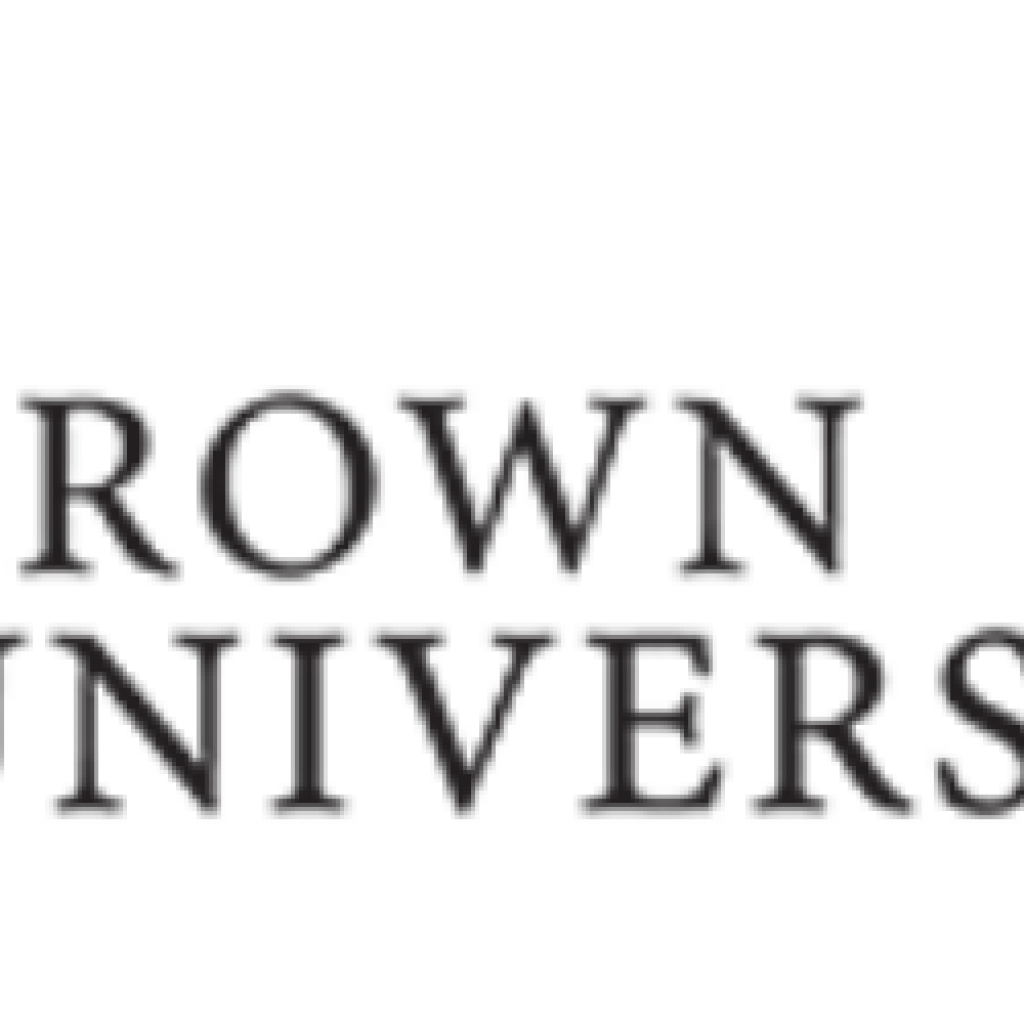(SciTechDaily) A team of Brown University researchers has shown a new method of probing the properties of anyons, strange quasiparticles that could be useful in future quantum computers.
In research published in the journal Physical Review Letters, the team describes a means of probing anyons by measuring subtle properties of the way in which they conduct heat. Whereas other methods probe these particles using electrical charge, this new method enables researchers to probe anyons even in non-conducting materials. That’s critical, the researchers say, because non-conducting systems have far less stringent temperature requirements, making them a more practical option for quantum computing.
Anyons are of interest because they don’t follow the same rules as particles in the everyday, three-dimensional world. In three dimensions, there are only two broad kinds of particles: bosons and fermions. Bosons follow what’s known as Bose-Einstein statistics, while fermions follow Fermi-Dirac statistics.
Anyons, which emerge only in systems that are confined to two dimensions, don’t follow either rule. When one anyon orbits another, its wave function changes by some fraction of an integer. And another orbit does not necessarily restore the original value of the wave function. Instead, it has a new value — almost as if the particle maintains a “memory” of its interactions with the other particle even though it ended up back where it started.
That memory of past interactions can be used to encode information in a robust way, which is why the particles are interesting tools for quantum computing. Quantum computers promise to perform certain types of calculations that are virtually impossible for today’s computers. A quantum computer using anyons — known as a topological quantum computer — has the potential to operate without elaborate error correction, which is a major stumbling block in the quest for usable quantum computers.
Strange non-conformist quasiparticles – called anyons – may be useful in future quantum computers
